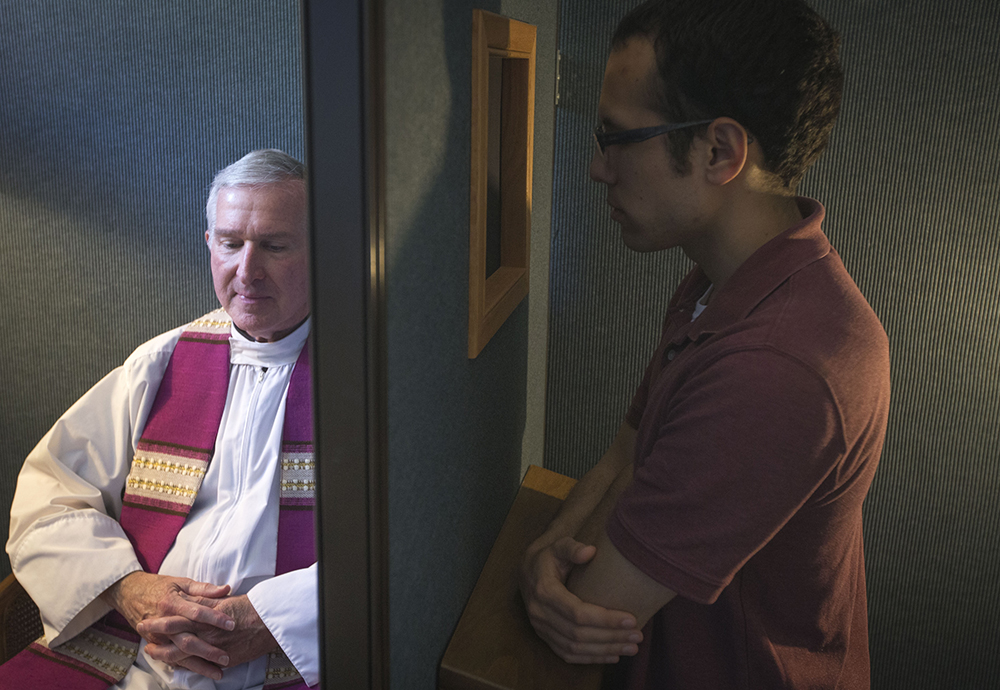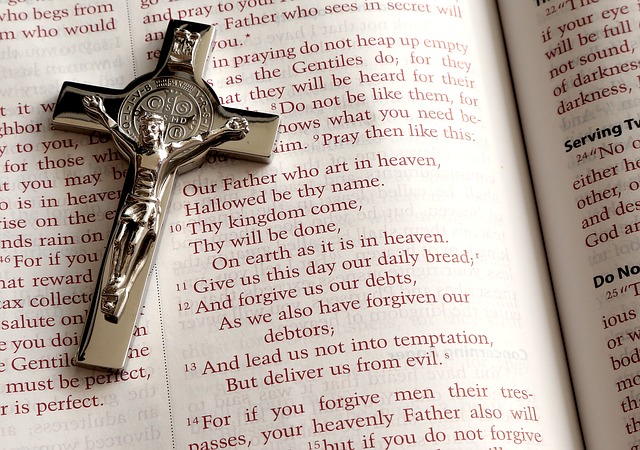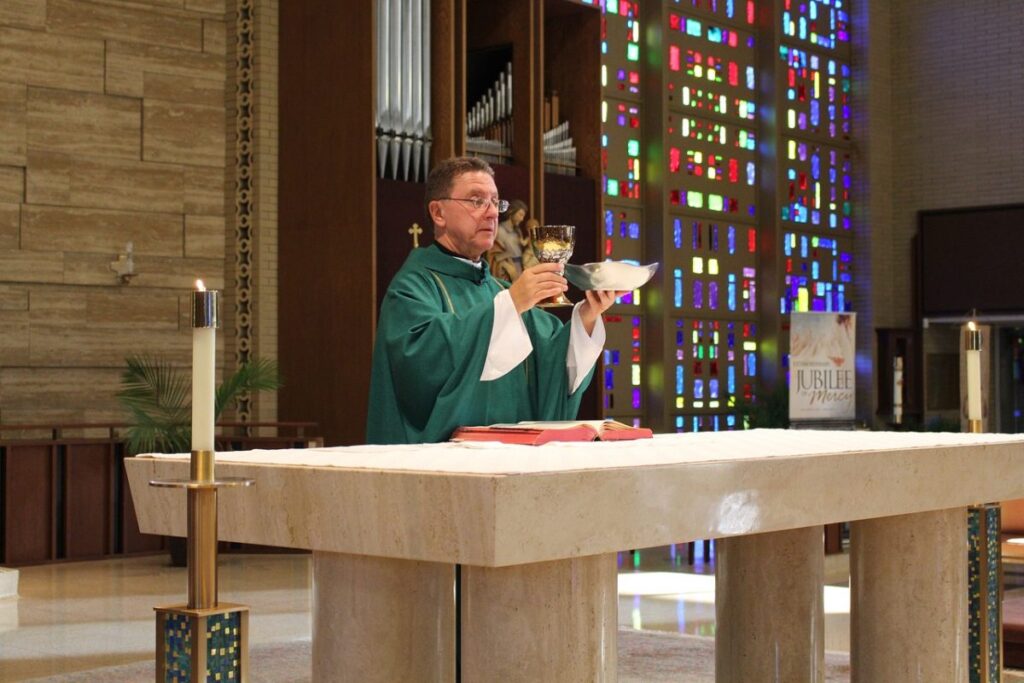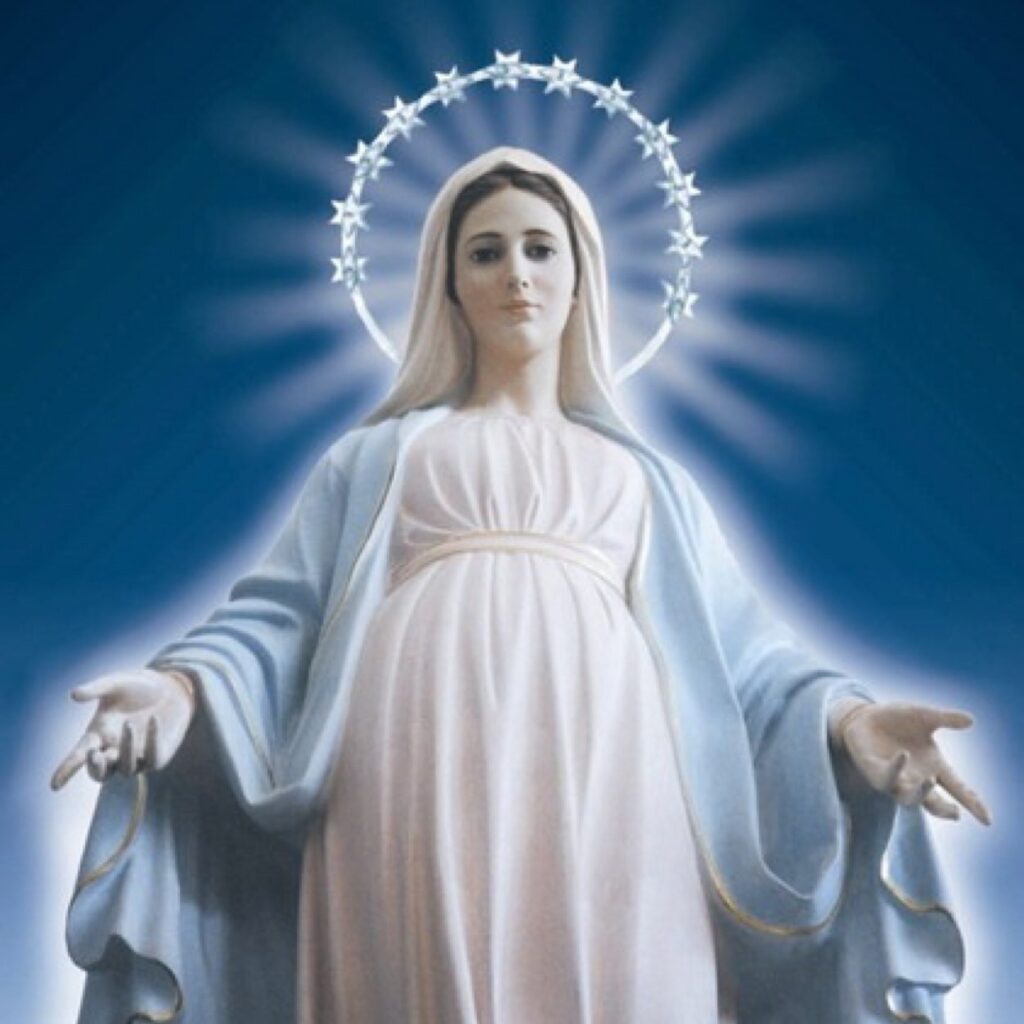Trends
Everything You Need to Know About Roman Catholic church
The Roman Catholic Church, the world’s largest Christian ecclesiastical body, has over a billion Catholic members around the world…
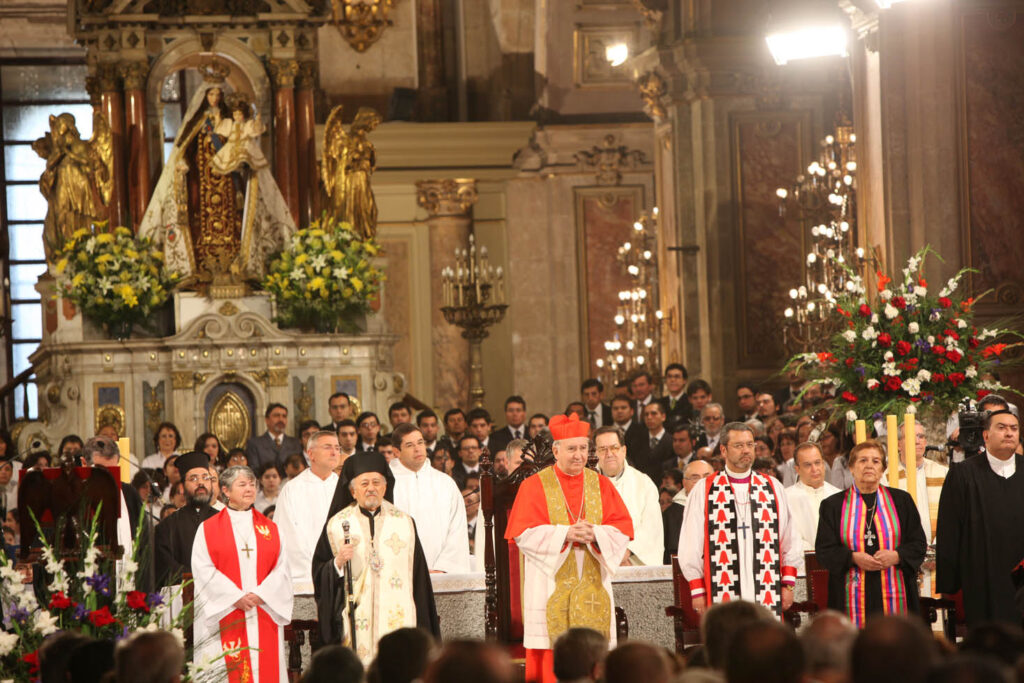
The Roman Catholic Church is a centuries-old religious institution with over a billion followers around the world. As a result, it is the world’s largest Christian ecclesiastical body.
Roman Catholic Church is a Christian denomination that has shaped Western civilization’s spiritual landscape. It is one of the three major branches of Christianity, alongside Eastern Orthodoxy and Protestantism. It is critical to acquire a thorough understanding of the Roman Catholic Church’s history and beliefs for this reason alone.
History of the Roman Catholic Church
Catholic Christianity‘s beginnings
All of the characteristics of catholicity—doctrine, authority, and universality—are present in the New Testament, at least in a vague version. The book of Acts begins with a dejected band of Jesus’ disciples in Jerusalem, but by the end of its chronicle of the early centuries, the Christian community has formed some rudimentary criteria for distinguishing between legitimate (“apostolic”) and inauthentic doctrine and behavior. It has also expanded beyond Judaism’s geographical boundaries, as the final chapter’s climactic conclusion declares: “And thus we came to Rome” (Acts 28:14).
The Church of Rome, which would later become known as Roman Catholicism, was founded during the time of the apostles (circa AD 30-95). Although there are no records of the earliest Christian missionaries to Rome, it is clear that a church existed there at the time the New Testament was being written. The Book of Acts records some of St. Paul’s encounters with the church at Rome, and he wrote an epistle to them. St. Clement of Rome (ca. 35-99), St. Ignatius of Antioch (35-108), and St. Irenaeus of Lyons (130-202) all claim that St. Simon Peter served as Rome’s first bishop (the term “bishop” is an English contraction of the biblical Greek word episkopos, which is often translated as “overseer” in modern Protestant New Testament translations). Peter died in the same spot as Paul, according to Tertullian (ca. 155-240), and it is widely assumed that Paul was murdered in Rome. Due to the importance and prominence of both Peter and Paul as apostles, Rome became a popular pilgrimage destination for Christians who wished to visit their graves and worship near them.
The bishop of Rome became the most prominent of the western Christian ecclesiastical leader, and he received deference from church leaders from other parts of the Empire as well, due to his ties to Peter and Paul (and the fact that Rome was the capital city of the western portion of the Roman Empire). As the western Roman Empire deteriorated and crumbled, the Pope gained more influence and authority in his territory. The western Church stepped in to fill the institutional power vacuum created by the decline and transformation of imperial structures and systems. Successive popes made increasingly bold claims to authority. This strained relations between Christians in the West and the East.
Foundations of the Roman Catholic Faith
One of the foundations of the Catholic faith is the theory of apostolic succession, which states that the pope (the vicar of Christ) and bishops have varied degrees of the spiritual authority that Jesus bestowed on his apostles. When speaking on topics of faith and morals taught in common with the bishops, the pope’s voice is considered infallible, whether he speaks alone or with his bishops in council (see infallibility). The councils and great theologians have investigated and reaffirmed many aspects of traditional doctrine (dogma).
To be a member of the church, one must accept the gospel of Jesus as factually true, as handed down via tradition and as interpreted by the bishops in collaboration with the pope. The Bible is central to this holy heritage, with the church determining and disseminating its text. Adherents must also embrace the church as having all of God’s revelation, and the church is the only Christian body that is “one, holy, catholic [universal], and apostolic,” according to the Roman Catholic catechism.
The Major Teachings of the Roman Catholic Church
God’s objective existence; God’s interest in individual human beings, who can enter into relationships with God (through prayer); the Trinity; Jesus’ divinity; the immortality of the soul of each human being, each of whom is accountable at death for his or her actions in life, with the award of heaven or hell; the resurrection of the dead; the historicity of the Gospels; and the divine commission of the church are the main teachings of the Catholic church. Furthermore, because all members of the Roman Catholic Church, alive and dead, share in each other’s virtues, the Virgin Mary and other saints, as well as the souls in purgatory, are never forgotten.
The love of God, according to the church, is the primary motivation for ethical action. Nothing that God has created is inherently wicked, yet it can be used for evil purposes. In the case of non-Catholics, the theory states that because God provides each human being with sufficient light to achieve salvation, everyone who continue in what they perceive to be good, regardless of their ignorance, will be saved. Only those who persevere in doing what they know is wrong will be doomed; among these are those who oppose the church when they know it is the one, genuine church.
The church is seen as having received from God a mechanism for directly communicating God’s grace to humanity. The typical Catholic participates in the sacraments of penance (which must be done at least once a year) and the Eucharist on a regular basis (required once every Easter time). The Eucharist is the focal point of public worship, and it is frequently accompanied by somber ceremonial.
Private prayer is also considered important; reflection is desirable, and all believers are required to devote some time to prayer that goes beyond begging blessings. Prayer should be done in a variety of ways. Self-renunciation is an essential component of prayer.
Roman Catholic Church and the Confession of Sins
Jesus established the sacrament of reconciliation (also known as penance or confession) when he said, “‘I am sending you as the Father has sent me.’ And when he’d finished speaking, he breathed on them and said, ‘Receive the Holy Spirit.’ If you forgive someone’s crimes, they are forgiven; if you keep someone’s sins, they are kept.'” (Matthew 20:21–23; John 20:21–23). The concept of admitting one’s misdeeds to another is also seen in the Bible. “Therefore, confess your sins to one another, and pray for one another so that you may be cured,” James 5:18 says. The sacrament of reconciliation is also known as the sacrament of healing in the Church.
Roman Catholics and the Bible
Catholics believe the Bible to be God’s inspired word. The Catholic Church has defined the canon of Scripture – the books found in every Christian Bible – and what it means to be a follower of Jesus Christ from the beginning of Christianity. Through its monasteries and libraries, the Catholic Church has preserved the Bible, as well as many other written works, over the years.
Roman Catholic Church Mass
When Jesus declared at the Last Supper, “Take this and eat – this is my body; take this and drink – this is my blood,” there was a belief that he was giving us the gift of his real presence in the shape of bread and wine. This is known as the Eucharist, which is derived from the Greek word for thankfulness. The Catholic Mass is both a Eucharistic and a Scripture-based celebration of God’s word.
Roman Catholics’ Belief about Mary
Because she is the mother of God and the Church, Mary is regarded as the foremost of the saints. They believe Mary was conceived without sin (i.e., without the stain of original sin) and that God kept her from sin in order for her to be a flawless vessel to bring his son into the world. She still had free choice because she was human, which meant she could say “yes” or “no” to God when his messenger, the angel, arrived to her. Her willingness to say “yes” serves as an example of love and obedience to God’s intention for them. They ask Mary, like the saints, to pray for them to her son, the Father, and the Holy Spirit.
Roman Catholics’ Prayer to Saints
They think that holy men and women who came before them are still praying for and assisting us. Saints are what they call them, and many of their churches are named after them. When they pray to saints, they ask for their intercession (just as we would ask family or friends to pray for us) so that God hears both their prayers and the saints’ prayers on their behalf.

